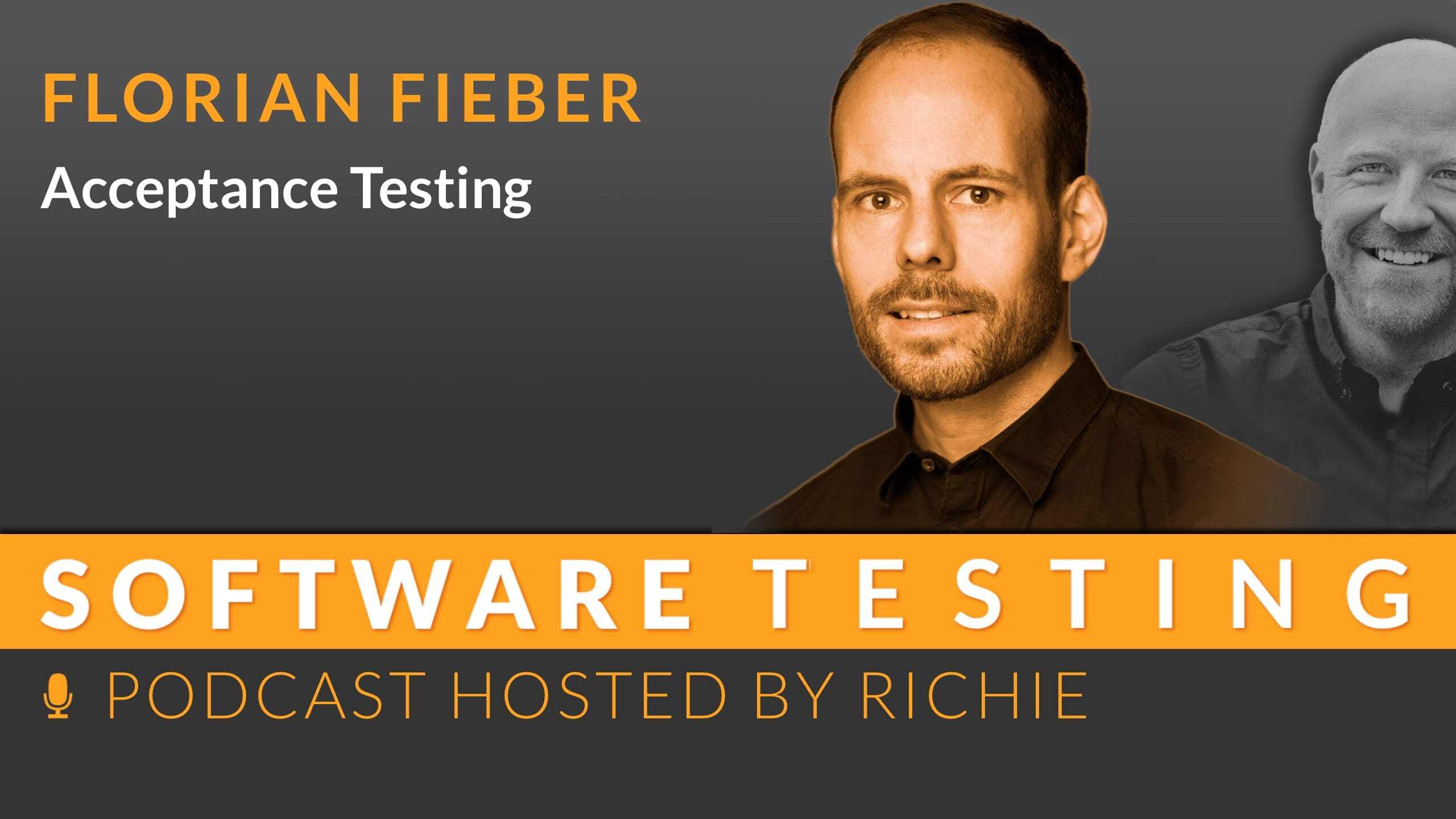Sustainable Software Development
Markus and Florian talk about various topics relating to sustainability in software development. They explain what sustainability means in this...

Unfortunately, the acceptance test is often seen as the final test stage. If many errors are then found, the excitement and the amount of work involved is great. Ideally, the acceptance test should be interwoven with the entire development process. This is often the case with agile working methods. Then the acceptance test can not only find errors, but also show what has been done correctly during testing. The ISTQB is also dedicated to this topic with the Foundation Level Specialist - Acceptance Testing. Florian has written the book “Basiswissen Abnahmetest” for this purpose. With his wealth of experience, he provides us with valuable knowledge on the subject of acceptance testing in this episode.
“The third aspect of the acceptance test is actually that you can use it to show or illustrate very well what you can do right during testing, or what you can do wrong” - Florian Fieber
Florian Fieber studied Media Informatics and Information Systems, after which he worked as a software developer and research assistant. His area of expertise today covers all aspects of quality assurance in the software lifecycle, with a focus on test management and process improvement. Since 2018, he has been active in the German Testing Board e.V. (GTB), where he is, among other things, head of the Acceptance Testing working group and has served as chairman of the GTB since 2022.
Highlights of this episode:
Further links:
In this episode, I talk to Florian Fieber about the topic of acceptance testing. We dive into the importance, differences between agile and traditional environments and the role of acceptance testing in software development. Florian shares his experiences and insights and emphasizes the importance of early involvement in the development process.
Today I welcomed Florian Fieber, an experienced expert in the field of software testing. We talked about ‘Acceptance Testing’, an area that is not only crucial for quality assurance, but also bridges the gap between development teams and end users. Florian contributed his extensive experience from his work at the German Testing Board and from co-authoring the book ‘Basiswissen Abnahmetest’. His insights shed light on the subtle differences between acceptance testing in agile and traditional development processes and show why it is beneficial not to find bugs in acceptance testing.
When asked for a concise definition of acceptance testing, Florian explained that it is essentially about assessing whether a product or project is ready for use. He distinguishes between systematic tests during the development process and the final acceptance test from the perspective of the client or user. This final check serves as the ultimate confirmation of product quality.
A key aspect of preparing for successful acceptance testing is the clear definition and testability of requirements. Florian’s approach emphasizes the early integration of testing activities into the development process to ensure high quality right from the start. A common understanding of functional and non-functional requirements by all parties involved creates a solid basis for effective testing.
Florian emphasizes that the biggest challenge of an effective acceptance test often lies in its timing - too late in the process unnecessarily increases the scope and leads to inefficient rework. Close cooperation between technical experts and testers can help here by ensuring that all relevant aspects are taken into account at an early stage.
To summarize, acceptance testing is much more than just a final check; it is a confidence-building measure between developers and users. With his book ‘Basiswissen Abnahmetest’, Florian Fieber offers a comprehensive guide for anyone who wants to deepen their knowledge of acceptance testing. His advice: integrate testing into the development process at an early stage and use it as a tool for quality assurance instead of chasing errors at the end.

Markus and Florian talk about various topics relating to sustainability in software development. They explain what sustainability means in this...

In this episode, we take a deep dive into the world of embedded software development. We look at the particular challenges of testing embedded...

Who doesn’t know him? His book is practically required reading in software testing. But there were other times too. When Andreas was a student,...